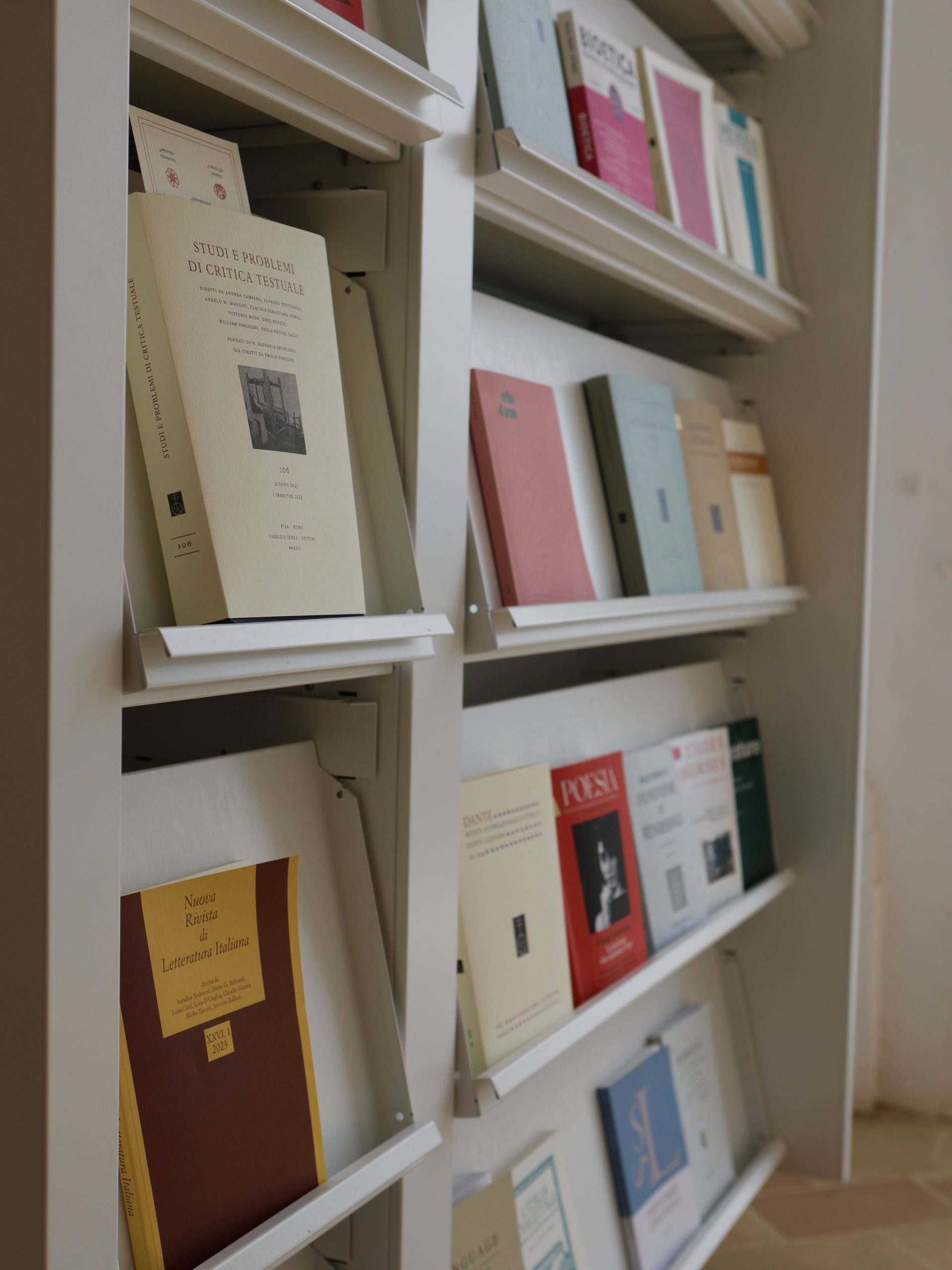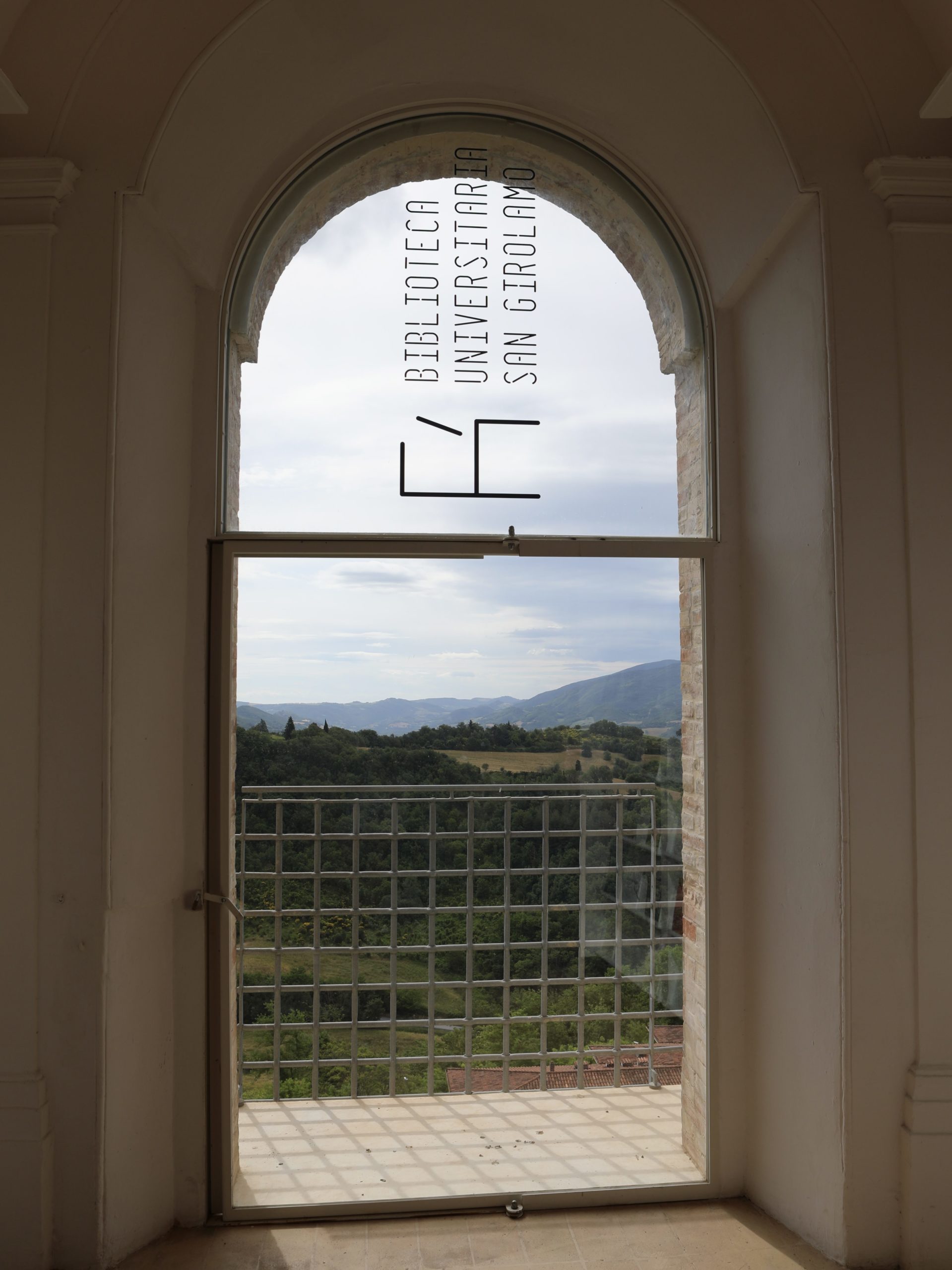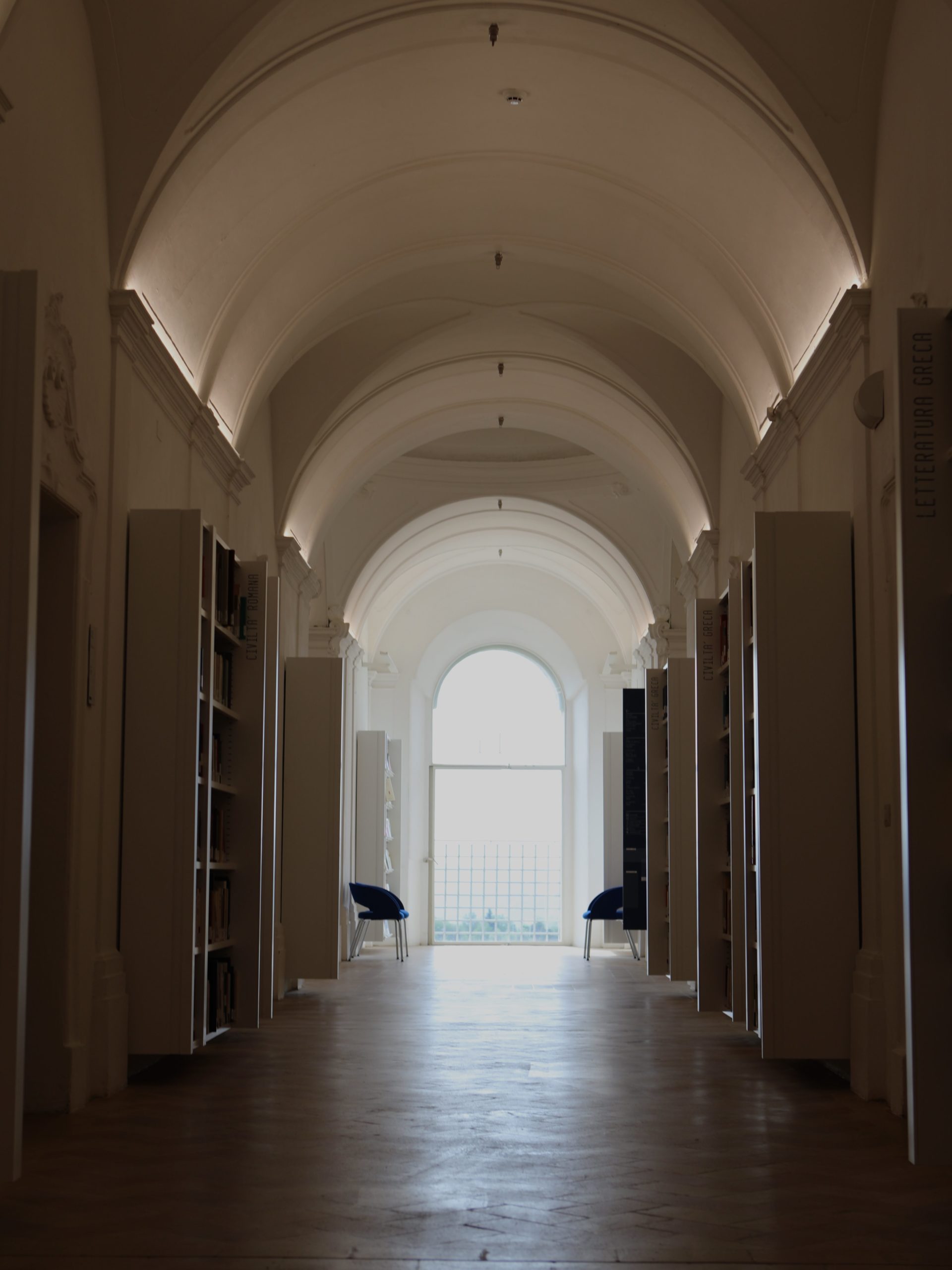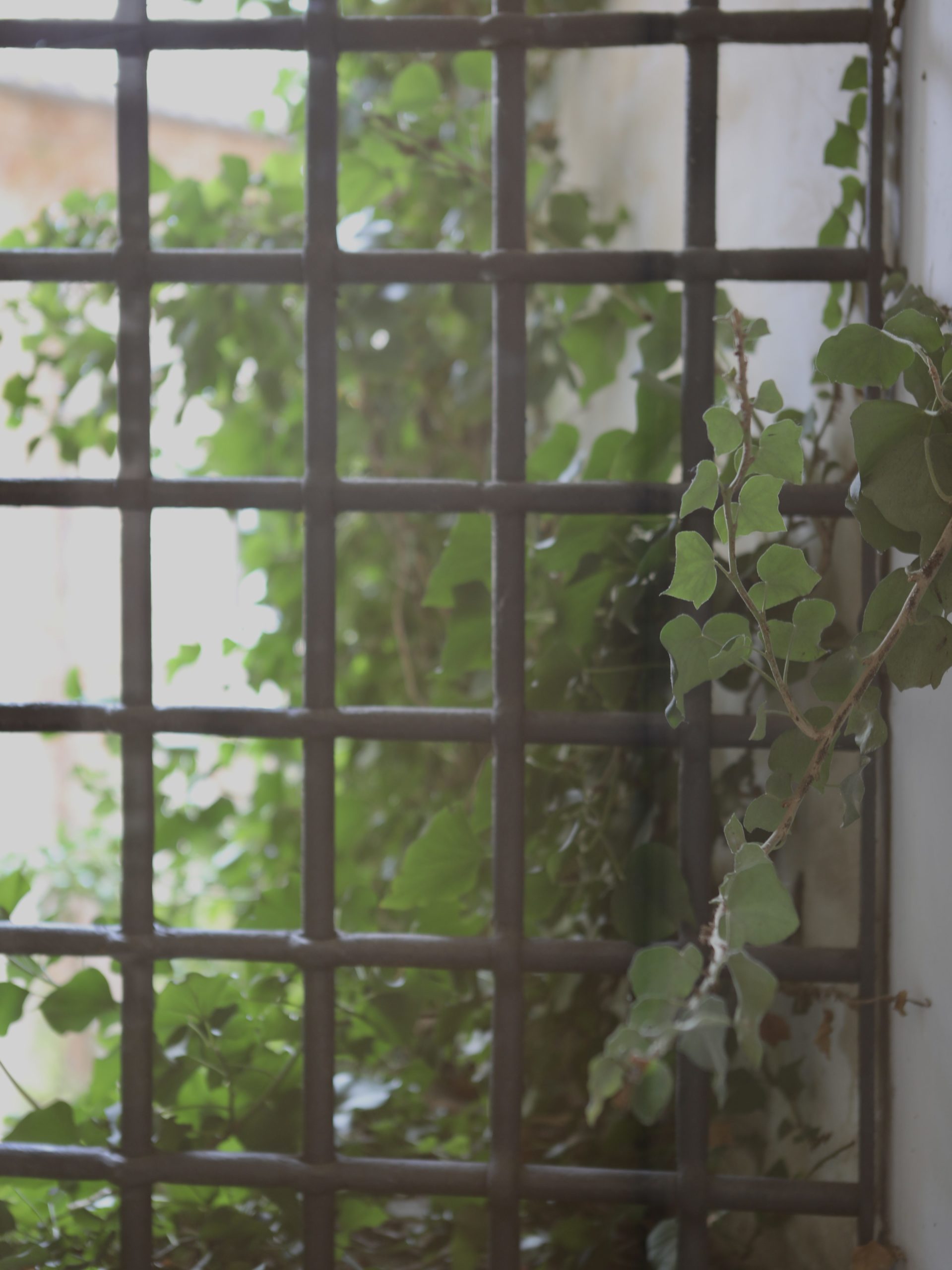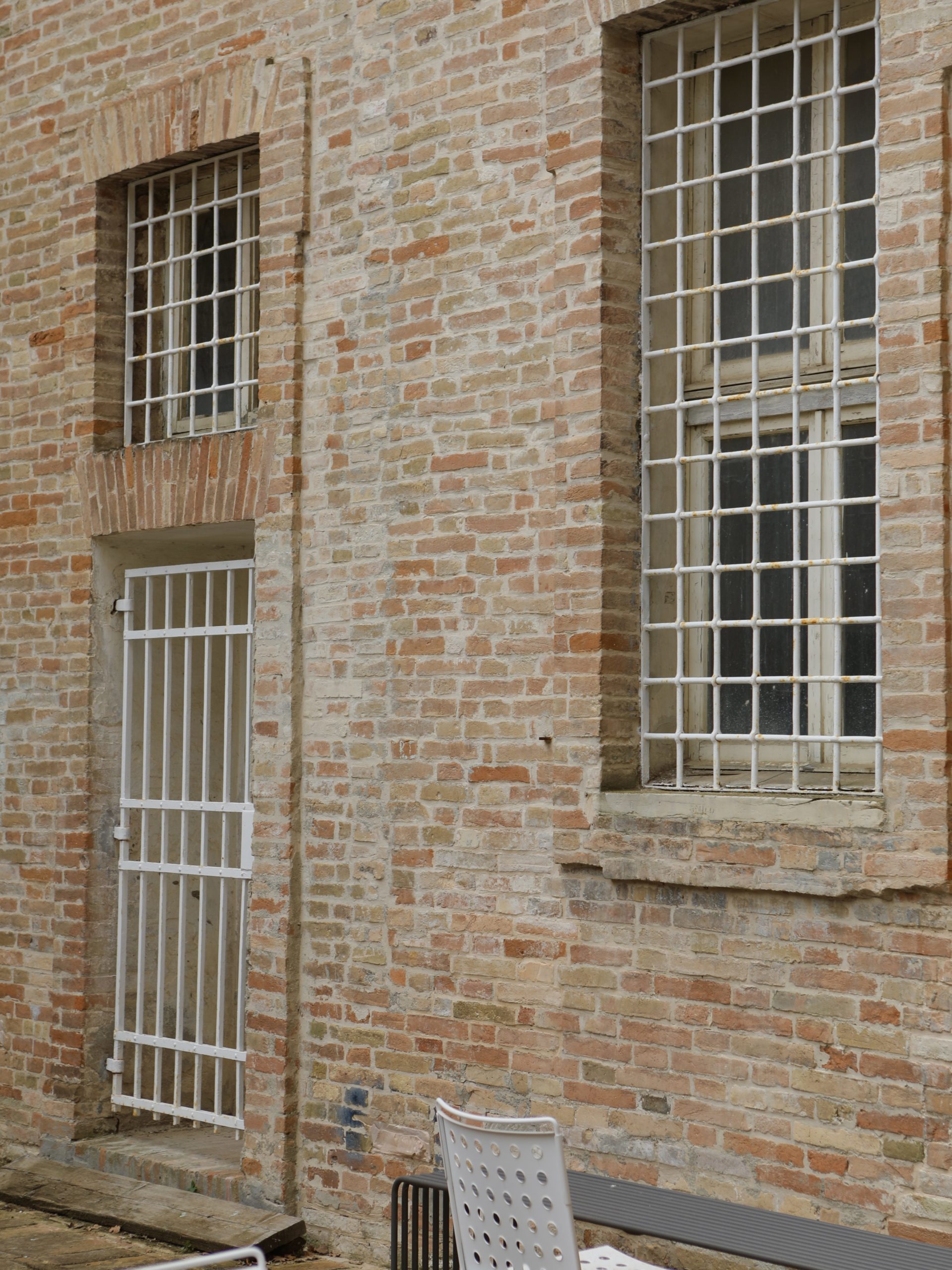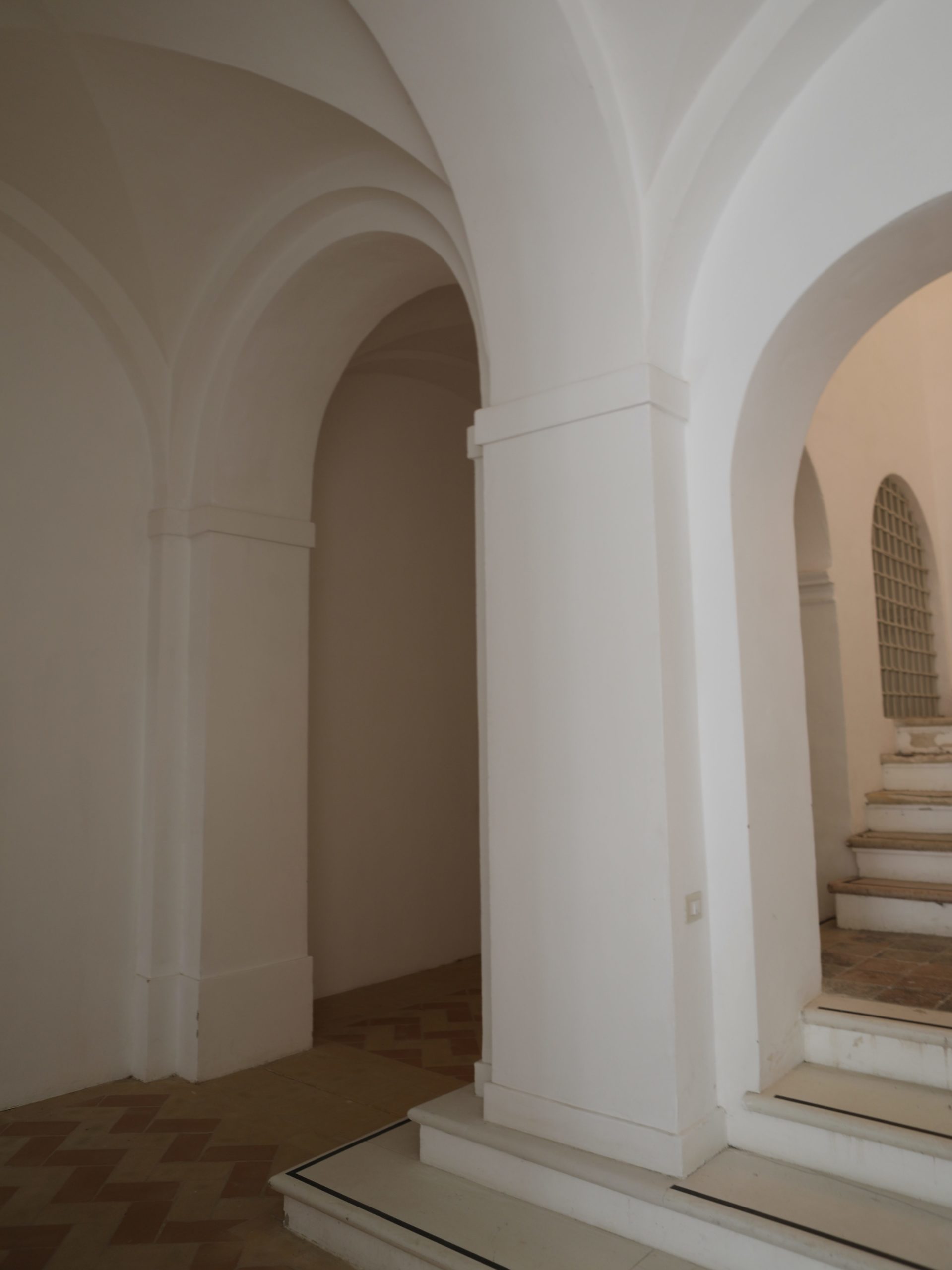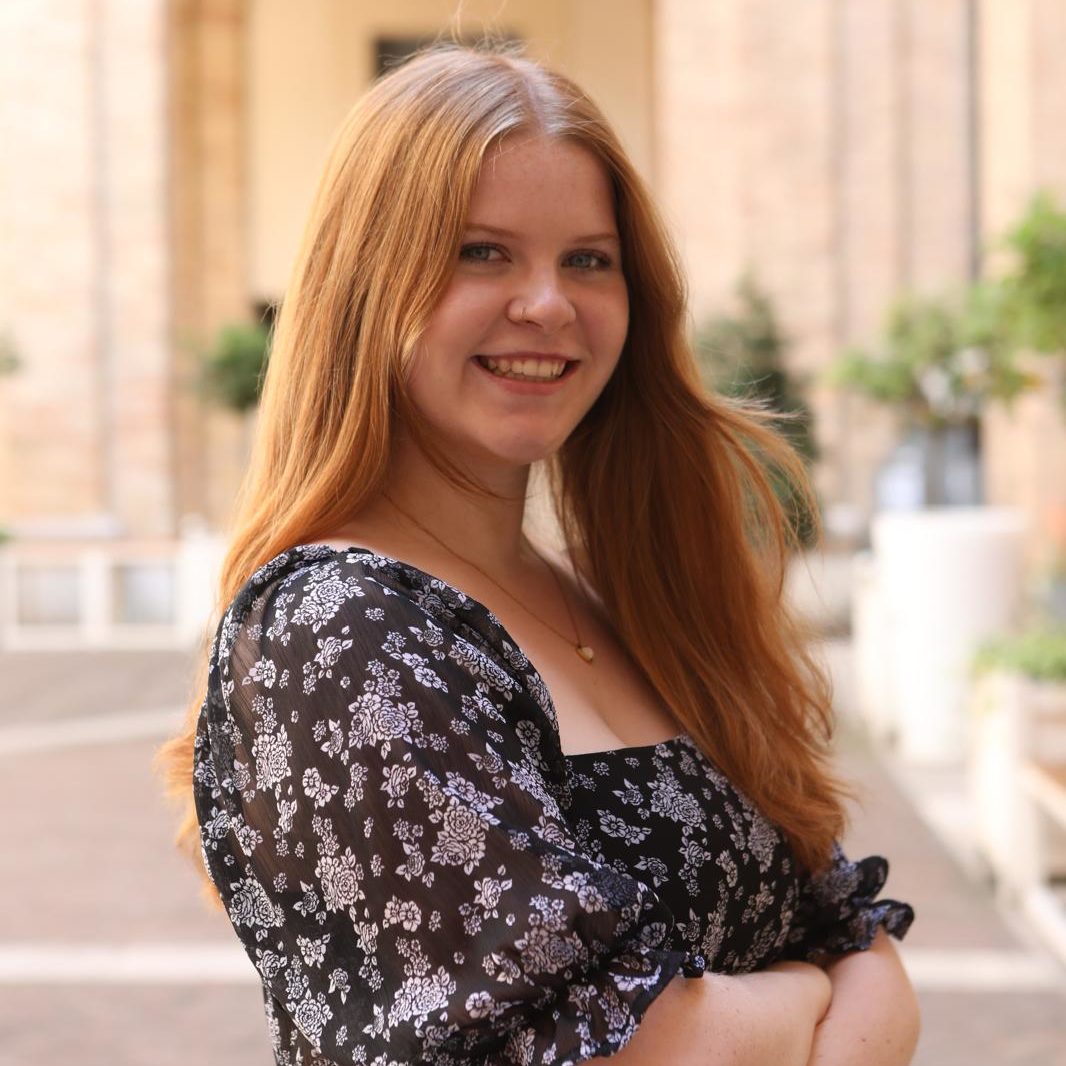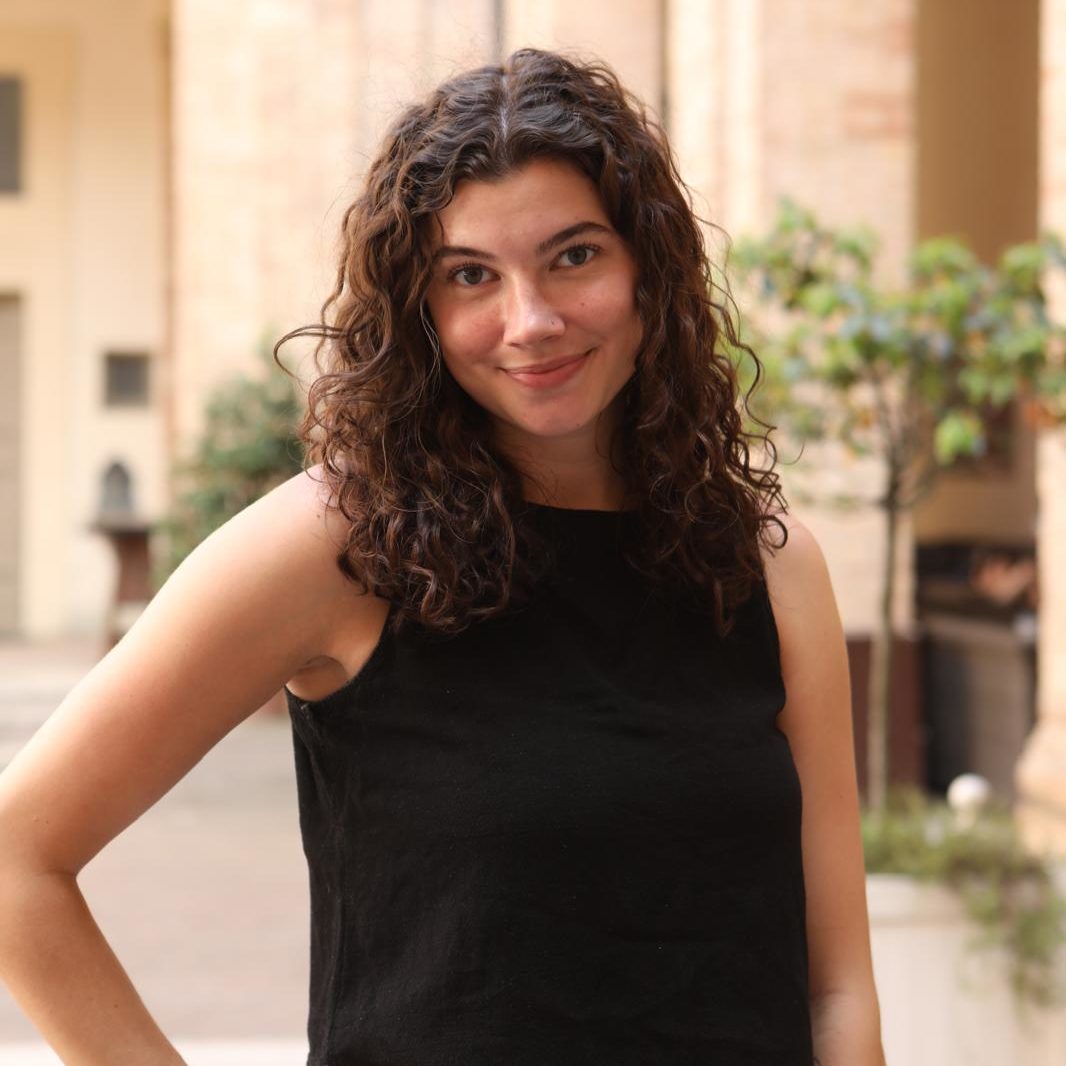History & Traditions
Exploring the rich history and longstanding traditions of Urbino, Italy, highlighting their preservation and adaptation over the past six centuries.
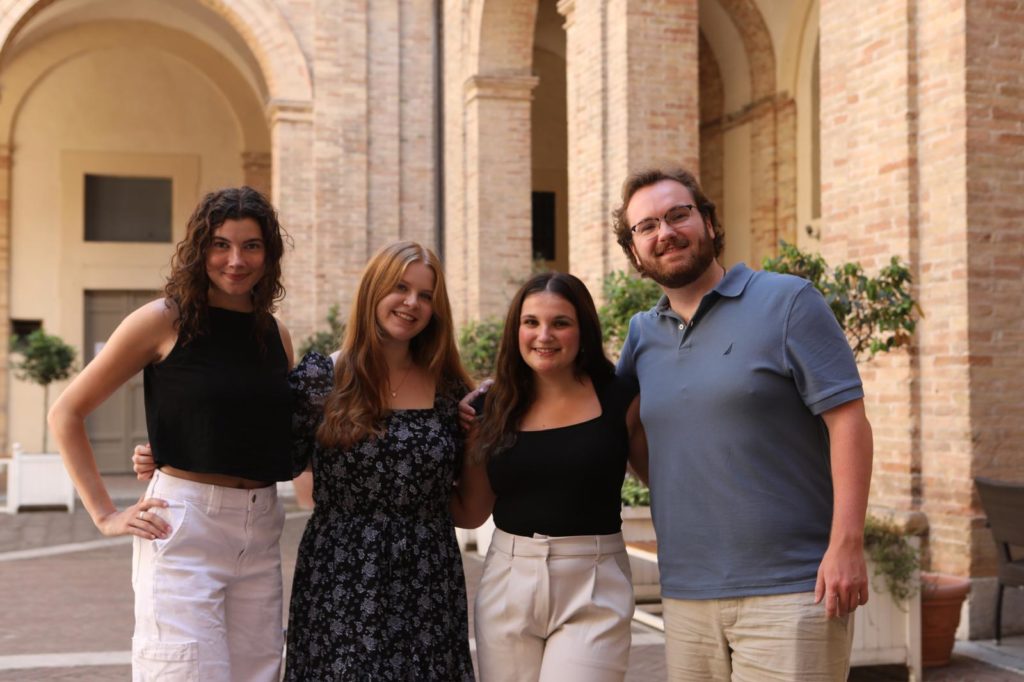
Isola del Piano
Isola del Piano is a small town in Italy not far from our home base of Urbino. Nestled in rolling hills, Isola del Piano is the birthplace of Organic farming in Italy, dating back to the 1970’s. We traveled there to speak with the mayor and expected a different story than what we found. The town has a large elderly population that needs support. The welfare system in Italy doesn’t provide them much help, so a group of volunteers decided to organize and take care of their loved ones. We spoke with the Lead volunteer Barbara Tomassini about her and her colleagues’ efforts.
Pictures from Isola del Piano by Laney Weyman
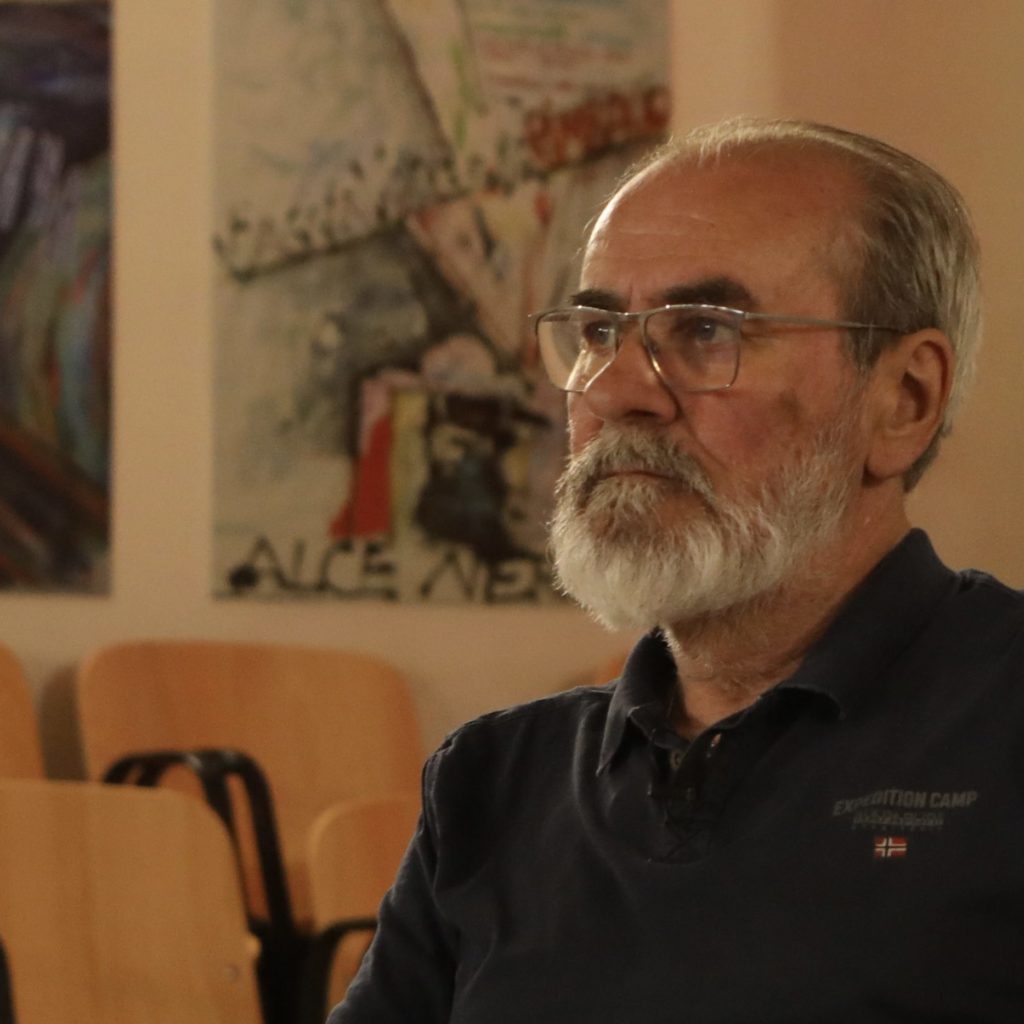
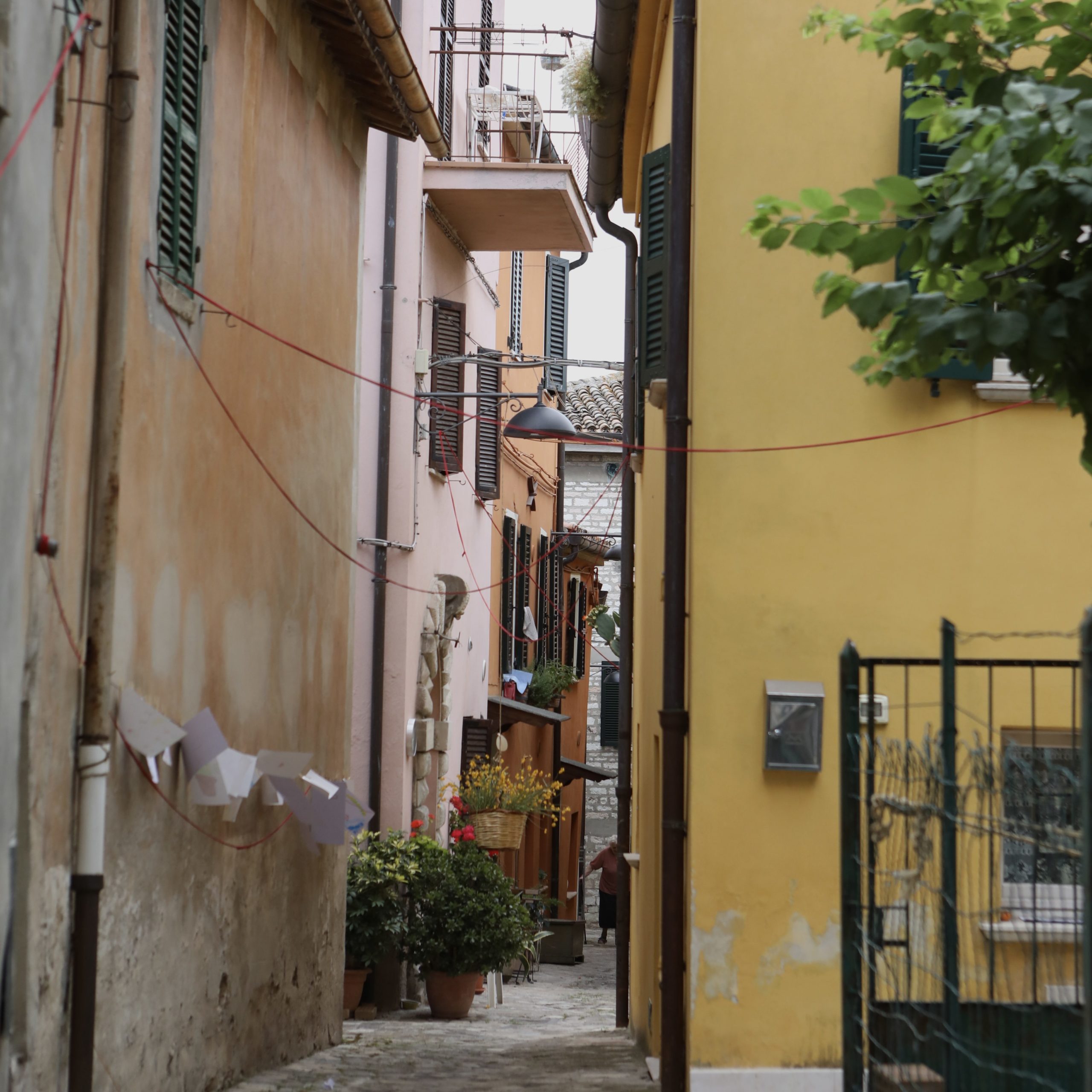
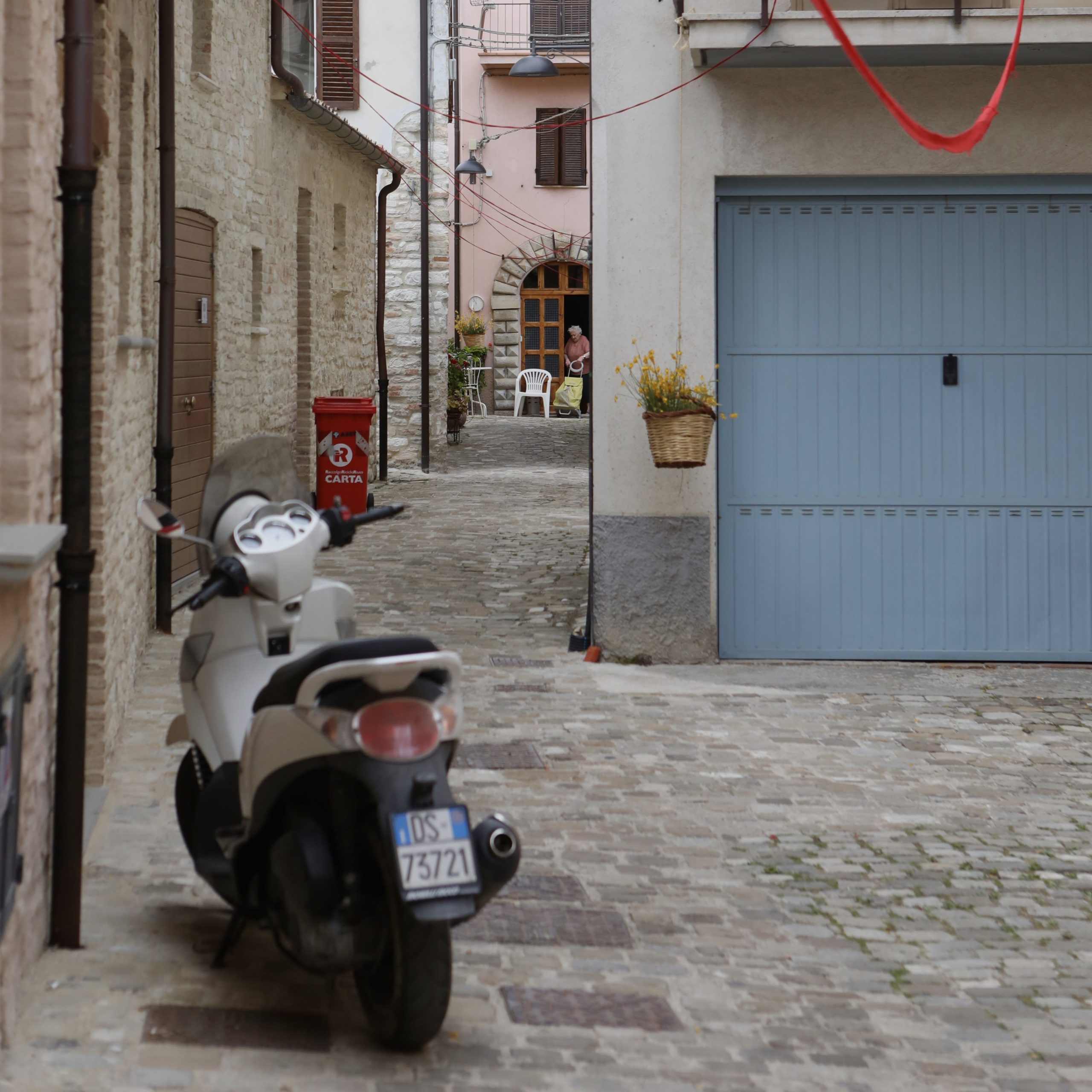
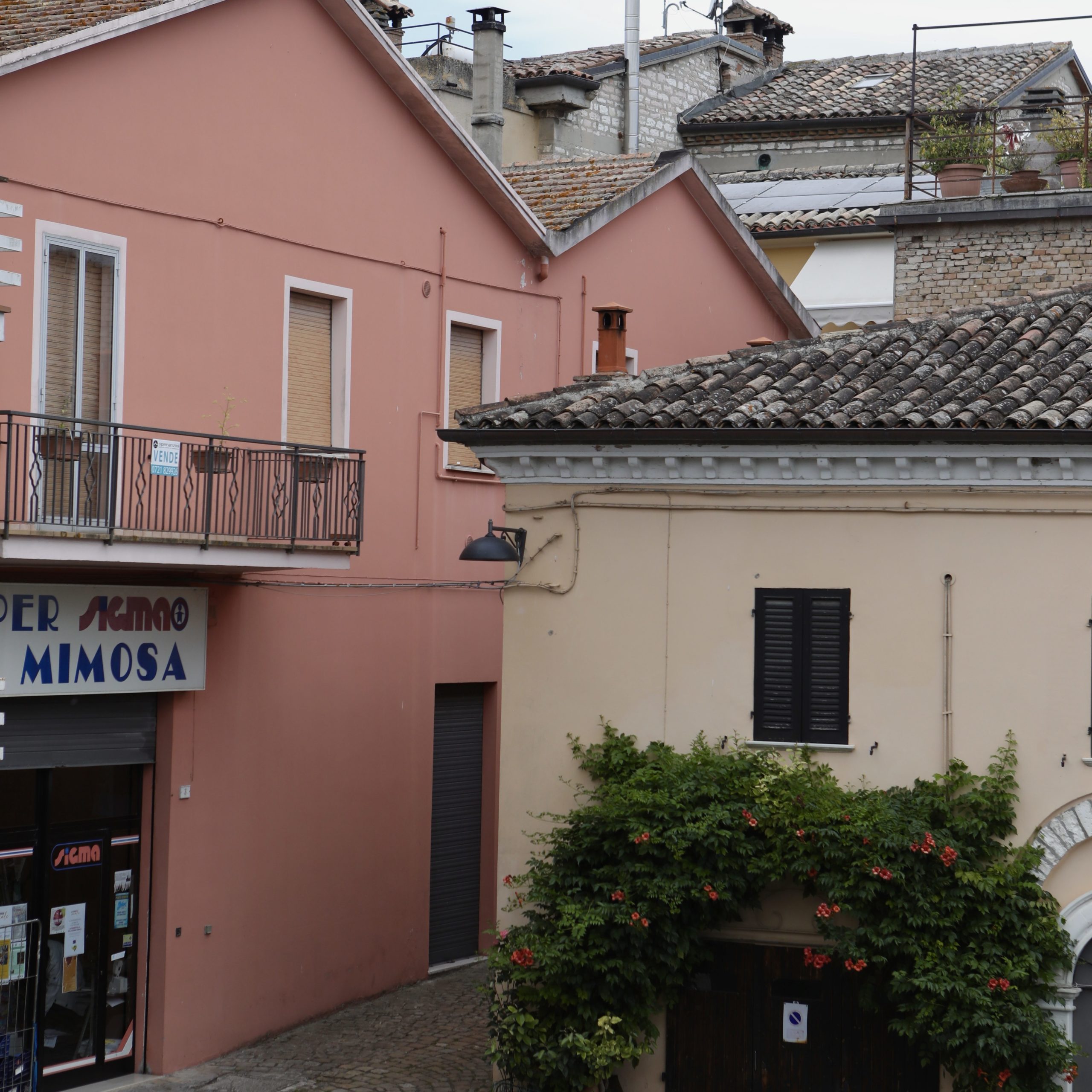
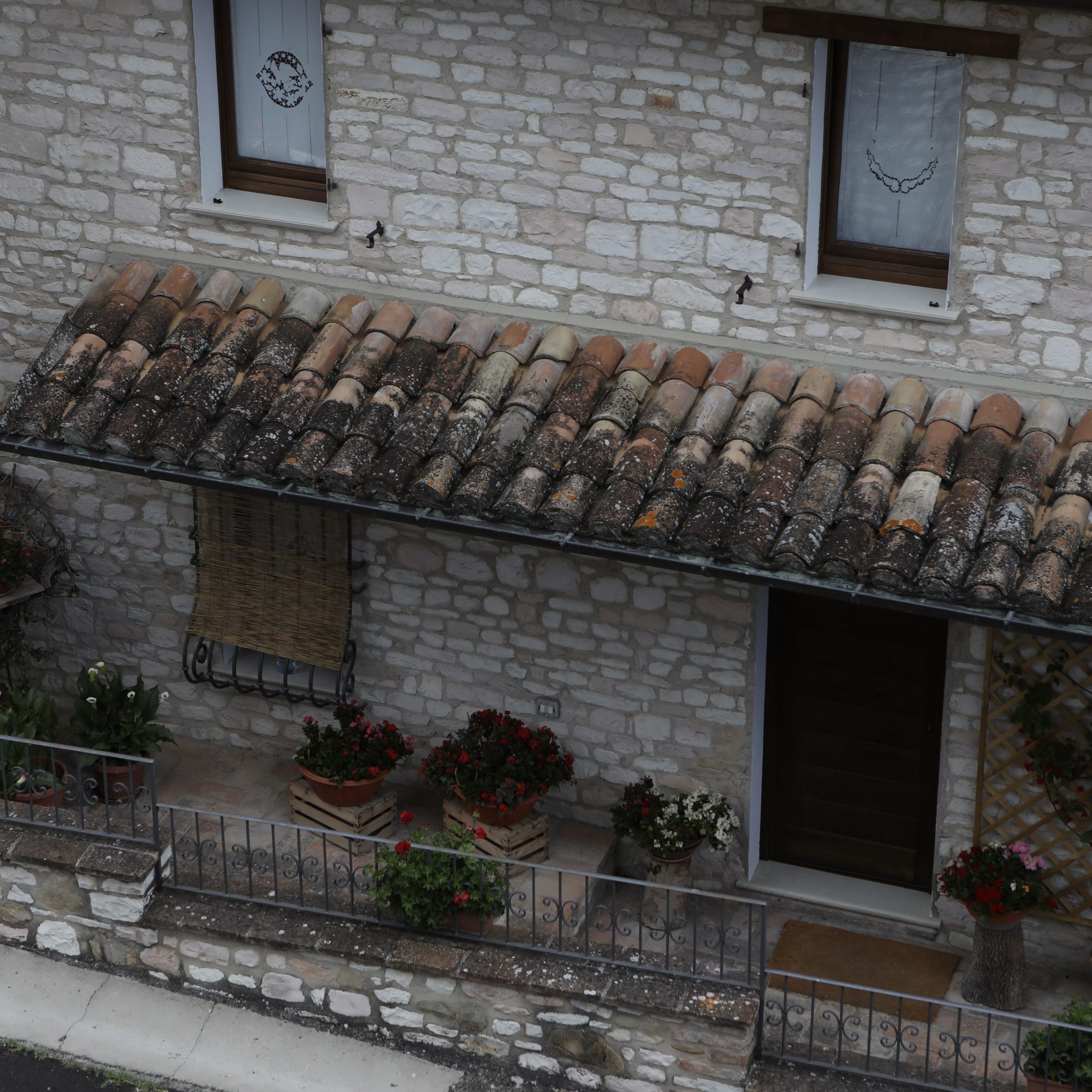
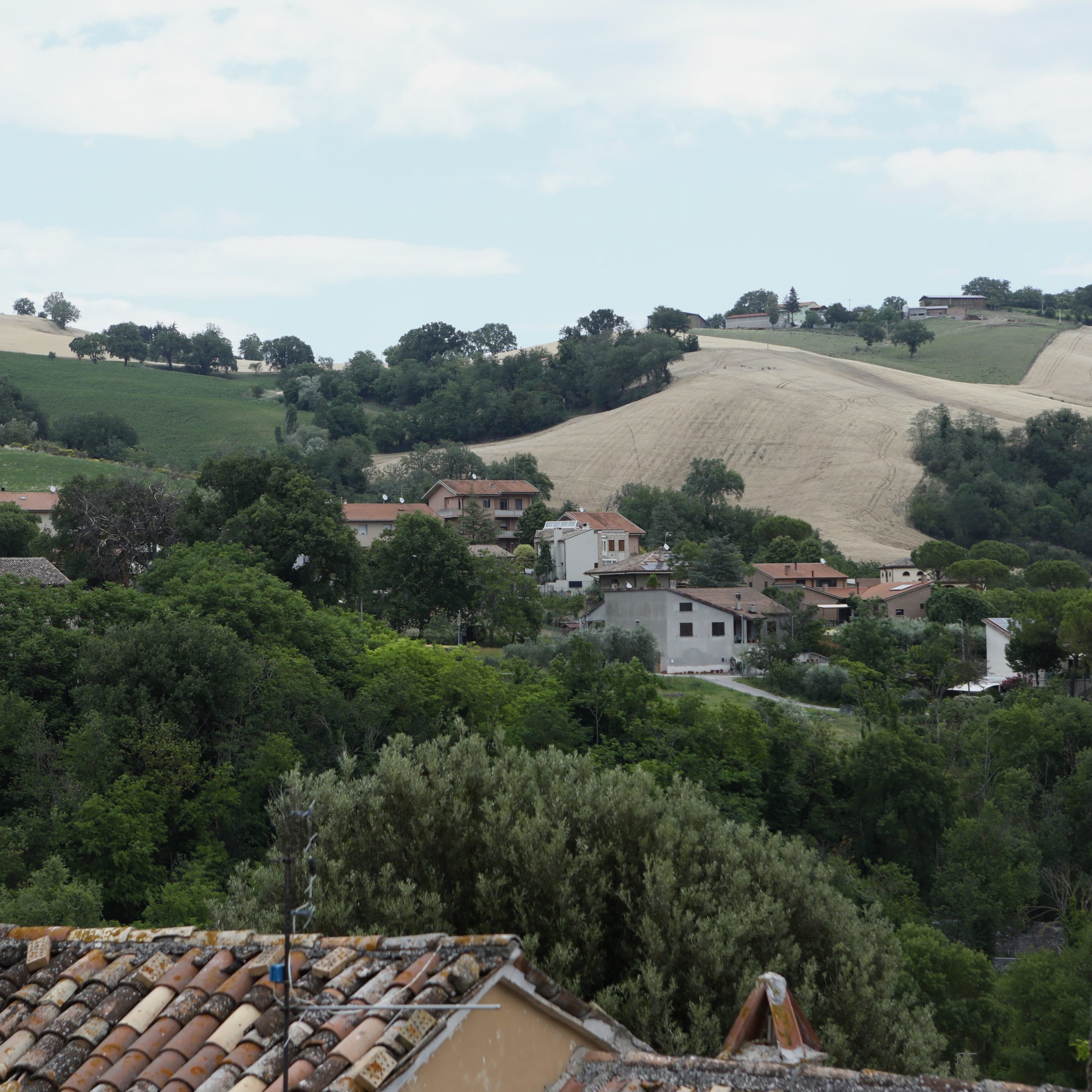
La Biblioteca di San Girolamo by Shannon Hamer
In the heart of Urbino, Italy, among the city’s many historic buildings, lies a library with a remarkable past. Originally founded as a monastery in the 15th century, the building has seen centuries of transformation, serving as a school, a prison, and ultimately, the largest library in Urbino. Today, La Biblioteca di San Girolamo simultaneously preserves the rich history of Urbino while capturing the modern culture of the city.
The history of the library began in the 1400s when the monastic order of the Gerolamini purchased a small house on the land that the library now resides on. These hermits, who had previously resided in the mountains near Urbino, decided to settle in the city.
“The monastery became more and more important and more and more famous because the nobles of Urbino used to put their children in this monastery,” Enrica Veterani said. Veterani has been a librarian for 20 years at La Biblioteca di San Girolamo.
This led to the need for expansion, and in 1780, the monastery underwent significant renovations, becoming the large and complex building that is standing today.
The building’s stability was short-lived, however, as the arrival of Napoleon forced the monks to flee, and the building fell under French domination until the mid-19th century. The monks returned, but soon after had to escape once again due to the establishment of the Kingdom of Italy. The monastery became the property of the Italian state, where the building underwent its first transformation – becoming a training school for future teachers.
While the building was functioning as a school, the nearby Ducal Palace served as a prison. This, however, sparked controversy, especially during ceremonies honoring the artist Raphael, who was born in Urbino. During these events, the prisoners created a significant disturbance.
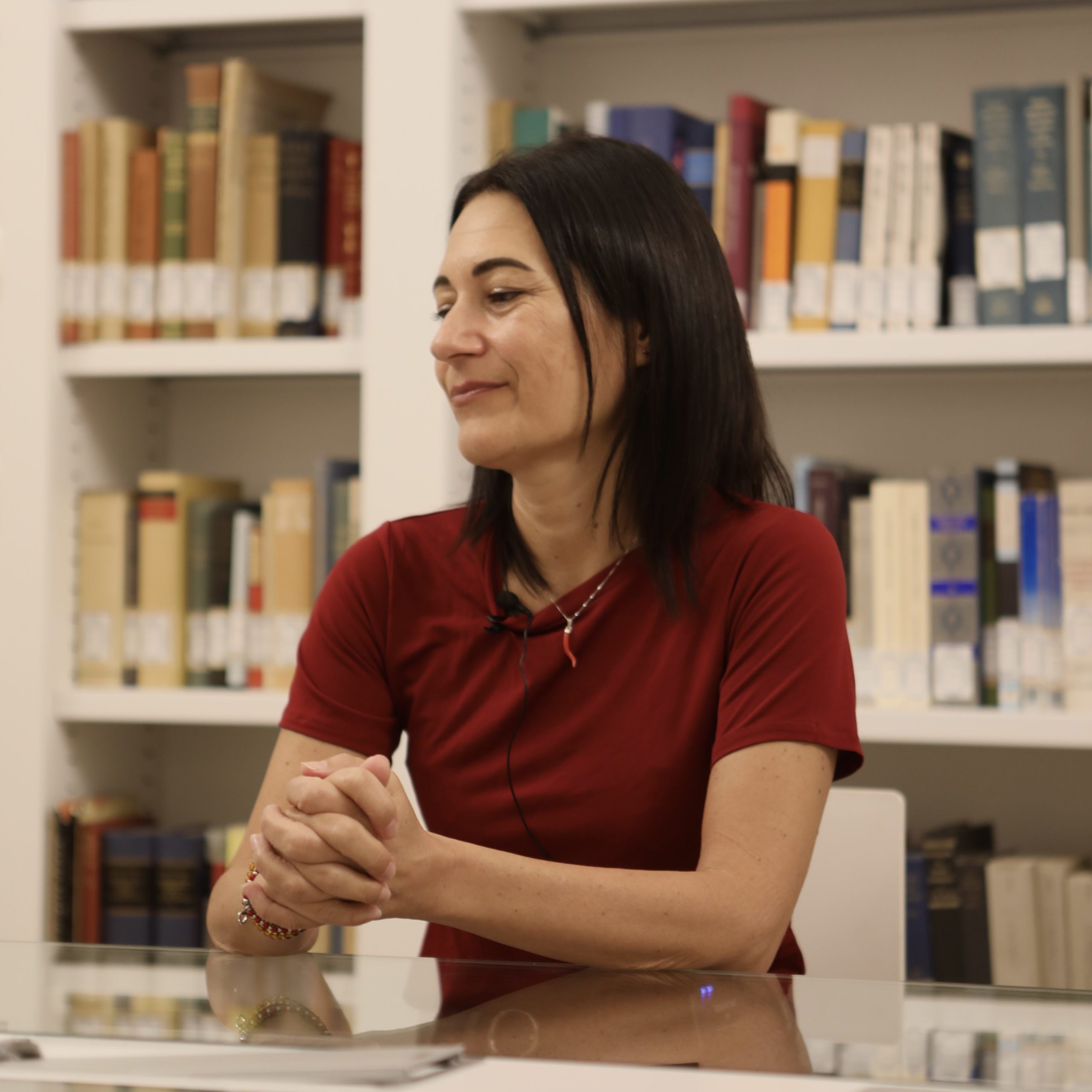
“It was a scandal because the prisoners shouted against the authorities who attended those ceremonies,” Veterani revealed.
In response to this, in 1887, the municipality of Urbino decided to swap the locations: the school for teachers was moved to the Ducal Palace, and the prisoners were relocated to the former school building.
The building underwent its most significant architectural changes during its transformation into a prison. Female prisoners were kept upstairs, while male prisoners were housed in the basement. Each of the monks’ cells from when the building was a monastery were split in half to create two cells, and each window was reduced in size and barred. The church from the monastery became the parlor, where the prisoners met with their families, and the refectory became a gymnasium for the prisoners, surrounded by basketball hoops.
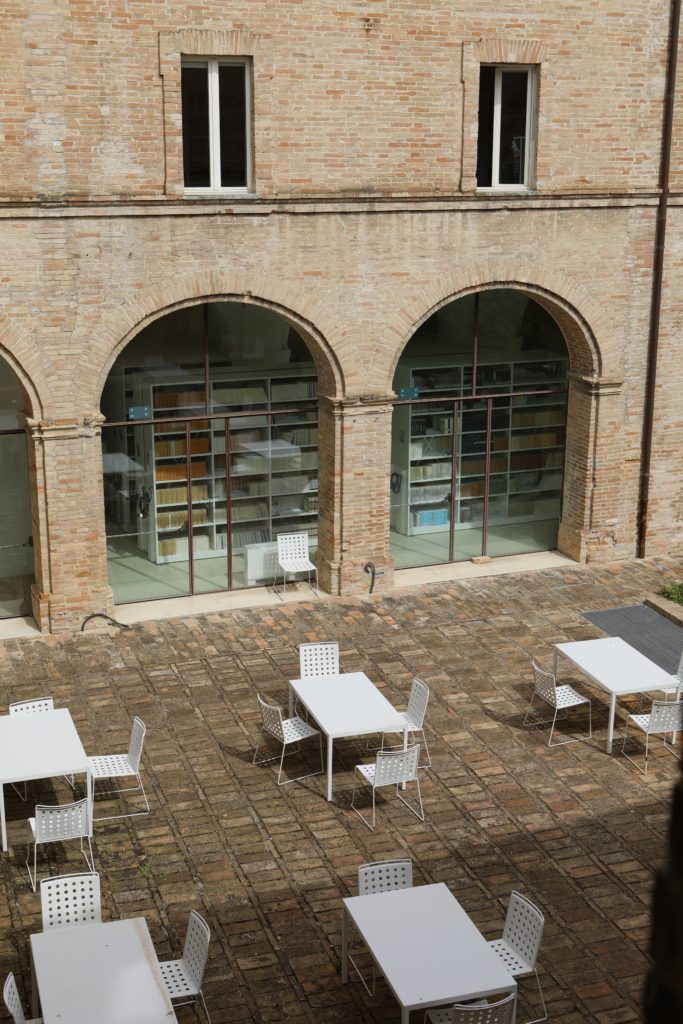
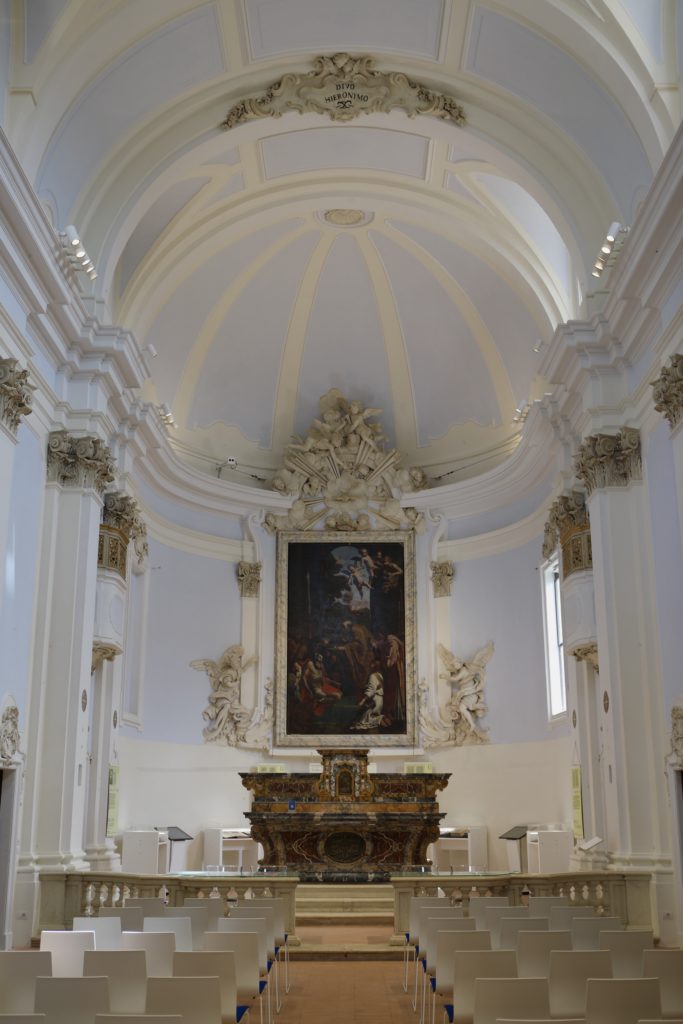
The building remained a prison for a century, until the prison was moved outside of Urbino in 1989. For the following thirty years, the building remained abandoned, until it began being transformed into the “mega-library” that it is today. This transformation took five years, as it involved merging five separate libraries into one.
“There were five institutes with five very well-stocked libraries that served the students and professors. Our work was to bring these five libraries together and turn them into one big library,” Veterani described.
All of the books were moved to La Biblioteca di San Girolamo, and the other buildings became locations for classes and exams for the students of Università degli Studi di Urbino Carlo Bo.
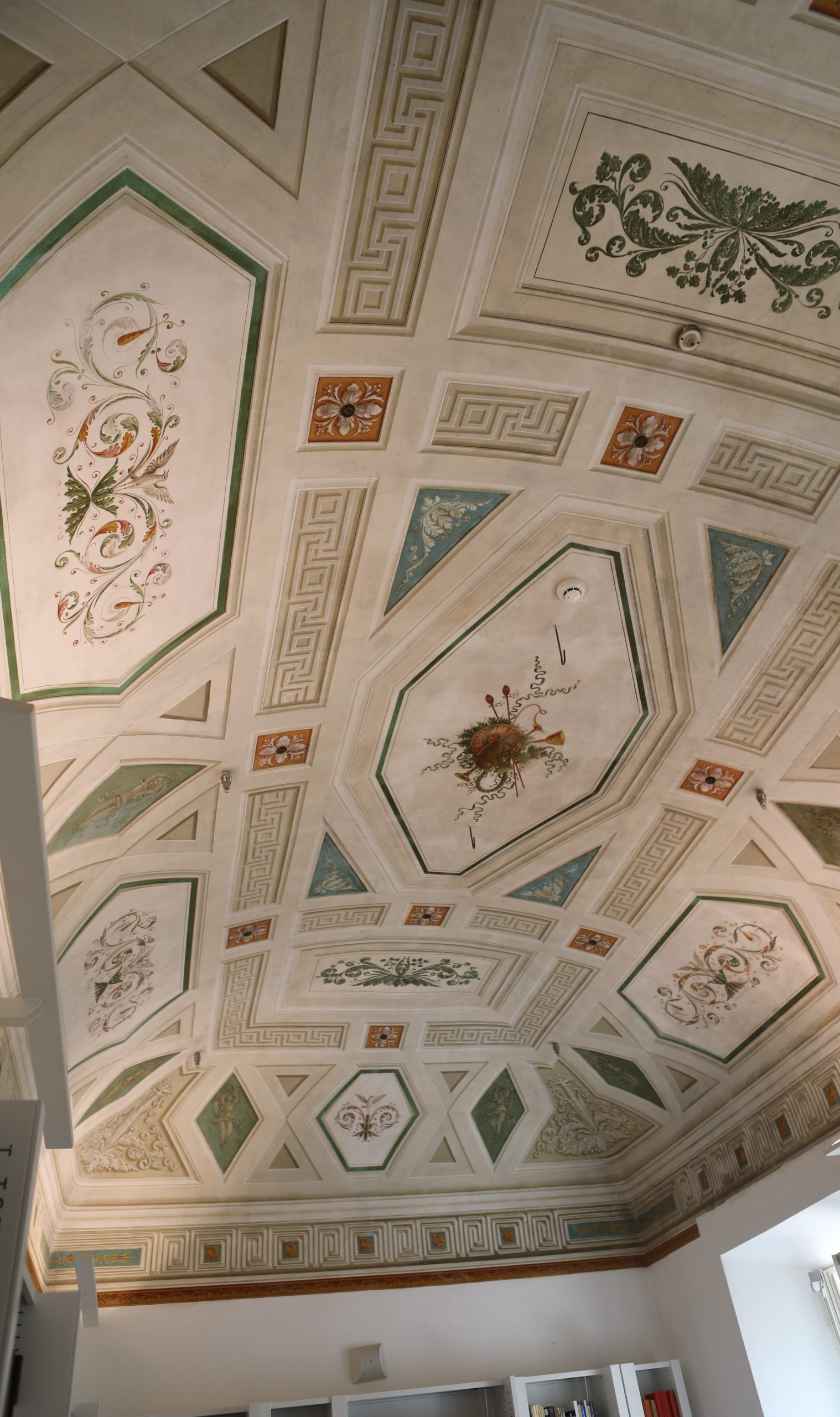
The legacy of the building’s past still remains today in many ways. One room features a frescoed ceiling from the building’s origins as a monastery. Additionally, many of the windows are still barred, and many of the rooms are still very small from when they were used as prison cells. The church also remains standing, although it is now repurposed as an auditorium. However, the original art remains preserved on the walls.
Arguably the most well preserved area of the building is the basement. During the building’s renovations into the library, the basement went untouched.
“The work is not finished, the lower part of San Girolamo still looks like a prison,” Veterani said.
This part of the building is unavailable to the public, making it seem as though it exists as a perfectly preserved time capsule into the building’s history as a prison. However, this idea fails to take into account the thirty years that the building was left abandoned.
During this time, the abandoned building was used for black magic ceremonies and tests of courage. When the building began its transformation into the library, they even found a mummified cat and pentagrams drawn several times into the walls and floors. Veterani notes that although they have tried several times to get rid of one of the pentagrams, it keeps coming back despite the basement being strictly blocked off to the public. Although these details are eerie, these remnants from the building’s past contrast with the peacefulness of the renovated library and exemplify how the building is modernized while also preserving its history.
Although the building has already undergone several transformations throughout its history, the evolution is not yet complete. According to Veterani, the next project is the renovation of the basement. This expansion will allow for countless more books to be stored in the library.
“When the downstairs floors are finished as well, [La Biblioteca di San Girolamo] will probably become the largest humanities area library in the central Marche area,” Veterani said.
La Biblioteca di San Girolamo stands today as more than just a storehouse for books; it is a living symbol of the multifaceted history of Urbino. Each phase of the building’s existence – from its beginnings as a monastery, through its transformation into a school and then a prison, to its current form as a library – have left enduring marks on the building. The careful preservation and thoughtful adaptation of La Biblioteca di San Girolamo reflect Urbino’s dedication to maintaining its historical integrity while adapting to contemporary needs.
Pictures from La Biblioteca di San Girolamo by Laney Weyman
